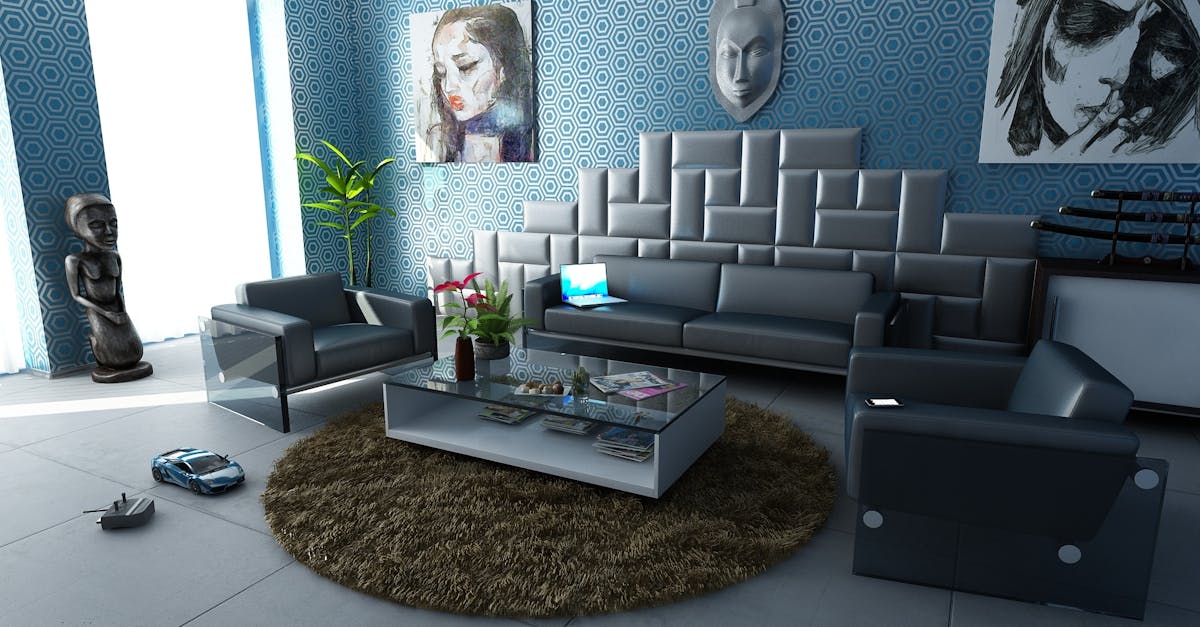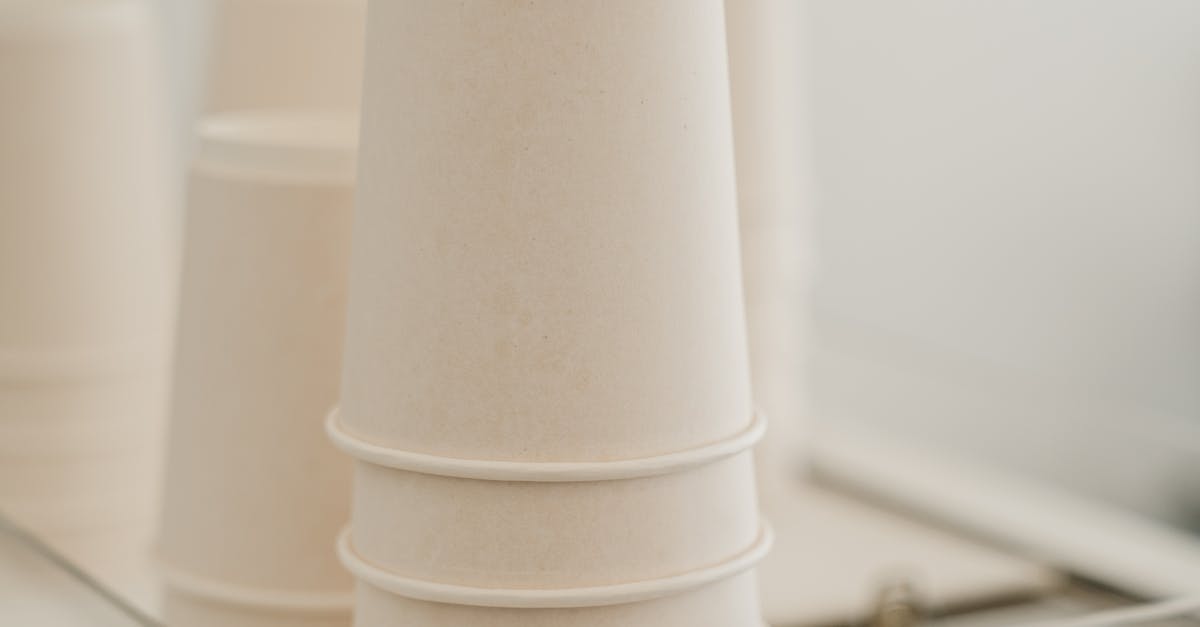
Table Of Contents
Implementing Sustainable Design Practices
Implementing sustainable design practices is crucial for creating a more environmentally conscious future. It involves three key components: material selection, passive design strategies, and green infrastructure. Sustainable Design Ottawa embraces these principles to reduce environmental impact and promote a healthier planet.
Material selection plays a vital role in sustainable design by choosing eco-friendly and durable materials that have a lower carbon footprint. Passive design strategies focus on maximizing natural light and ventilation to reduce energy consumption. Green infrastructure integrates nature into urban environments, promoting biodiversity and enhancing the overall quality of life for residents. Sustainable Design Ottawa recognizes the importance of these practices in creating more sustainable and resilient communities for generations to come.
Material Selection
Material selection is a crucial aspect of sustainable design that greatly impacts the overall environmental footprint of a project. In Sustainable Design Ottawa, choosing materials with low embodied energy and environmental impact is key to reducing the carbon footprint of buildings and infrastructure. Opting for locally sourced materials can further minimize transportation emissions and support the regional economy.
In addition to the environmental factors, the durability and life cycle of materials play a significant role in sustainable design. Selecting long-lasting materials that require minimal maintenance not only reduces the resources needed for repairs or replacements but also contributes to the overall sustainability and resilience of the project. By carefully considering the sourcing, environmental impact, and longevity of materials, designers and architects in Sustainable Design Ottawa can create buildings and spaces that are not only aesthetically pleasing but also environmentally responsible.
Sustainable Design in Architecture
Sustainable design in architecture focuses on creating buildings that are environmentally friendly and resource-efficient. Passive design strategies are a key element of sustainable design in architecture, aiming to utilize natural elements such as sunlight and wind to minimize energy consumption. In Brampton, sustainable design practices are increasingly being adopted by architects to reduce the environmental impact of buildings and promote energy efficiency.
Green infrastructure also plays a crucial role in sustainable design in architecture by incorporating features like green roofs, rain gardens, and permeable pavements to enhance biodiversity and manage stormwater runoff. These innovative design strategies not only contribute to a more sustainable built environment but also help create healthier and more resilient communities. Sustainable design Brampton is paving the way for a greener future by incorporating these principles into architectural projects across the city.
Passive Design Strategies
Passive design strategies play a pivotal role in Sustainable Design Brampton by harnessing natural elements to reduce energy consumption and enhance indoor comfort. By strategically orienting buildings to maximize natural light and ventilation, passive design strategies lessen the reliance on artificial lighting and mechanical cooling systems. This not only minimizes the building's carbon footprint but also contributes to a healthier and more livable environment for occupants.
Moreover, Passive Design Strategies in Sustainable Design Brampton often involve the integration of features such as green roofs, shading devices, and thermal mass to further optimize energy efficiency and thermal comfort. These design elements work symbiotically with the natural surroundings to create a sustainable building that harmonizes with its environment. By embracing Passive Design Strategies, architects and urban planners in Brampton can create buildings and communities that are not only environmentally responsible but also economically viable in the long run.
Sustainable Design in Urban Planning
Sustainable design in urban planning involves creating more eco-friendly and efficient cities. In Mississauga, this concept is gaining traction as the city aims to enhance its infrastructure while reducing environmental impact. Through the incorporation of green infrastructure such as green roofs, permeable pavement, and urban forests, the city is working towards promoting biodiversity, mitigating urban heat islands, and improving overall air quality. These initiatives not only contribute to a healthier environment but also enhance the well-being of residents living in Sustainable Design Mississauga.
Furthermore, Sustainable Design Mississauga in urban planning includes designing walkable neighbourhoods, promoting public transportation, and integrating mixed-use developments. By prioritizing pedestrians and cyclists through the creation of safe and accessible pathways, the city aims to reduce dependence on cars and lower carbon emissions. Additionally, mixed-use developments that combine residential, commercial, and recreational spaces help to reduce the urban sprawl, conserve land, and foster a stronger sense of community. Through strategic urban planning practices, Mississauga is striving to build a more sustainable and vibrant city for current and future generations.
Green Infrastructure
Green infrastructure plays a crucial role in enhancing the sustainability of urban spaces. It involves strategically planned natural features like green roofs, rain gardens, permeable pavements, and urban forests to manage stormwater, reduce heat island effect, and improve air quality. In Sustainable Design Brampton, integrating green infrastructure not only mitigates environmental impacts but also promotes a healthier and more resilient community.
By incorporating green infrastructure into urban planning practices, cities like Brampton can create more sustainable and livable environments for their residents. Green infrastructure solutions offer multifaceted benefits, such as reducing energy consumption, decreasing water pollution, and fostering biodiversity within urban settings. Embracing these nature-based solutions is essential in building resilient communities that can adapt to the challenges posed by climate change and promote the overall well-being of its inhabitants.
FAQS
What are the three components of sustainable design?
The three components of sustainable design are material selection, sustainable design in architecture, and sustainable design in urban planning.
How does material selection contribute to sustainable design?
Material selection plays a critical role in sustainable design by choosing environmentally friendly materials that reduce the impact on the environment and promote resource efficiency.
What are some passive design strategies in sustainable design architecture?
Passive design strategies in sustainable design architecture include maximizing natural light, using natural ventilation, and incorporating thermal mass to regulate indoor temperature.
How does sustainable design in urban planning promote sustainability?
Sustainable design in urban planning focuses on creating green infrastructure, such as parks and green spaces, to improve air quality, reduce heat island effect, and enhance overall quality of life in cities.
Why is green infrastructure an essential component of sustainable design in urban planning?
Green infrastructure is essential in sustainable design urban planning as it helps mitigate the negative impacts of urbanization, such as flooding, pollution, and loss of biodiversity, while enhancing the resilience and sustainability of cities.






